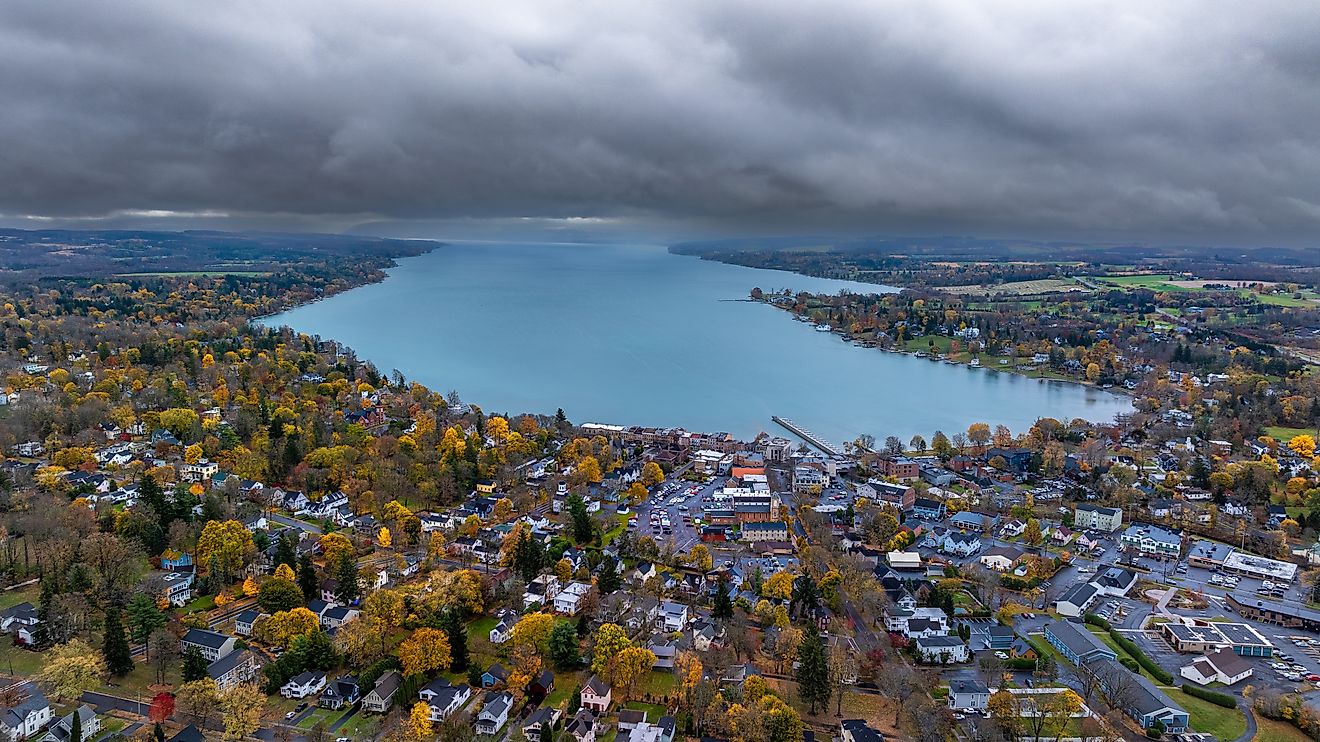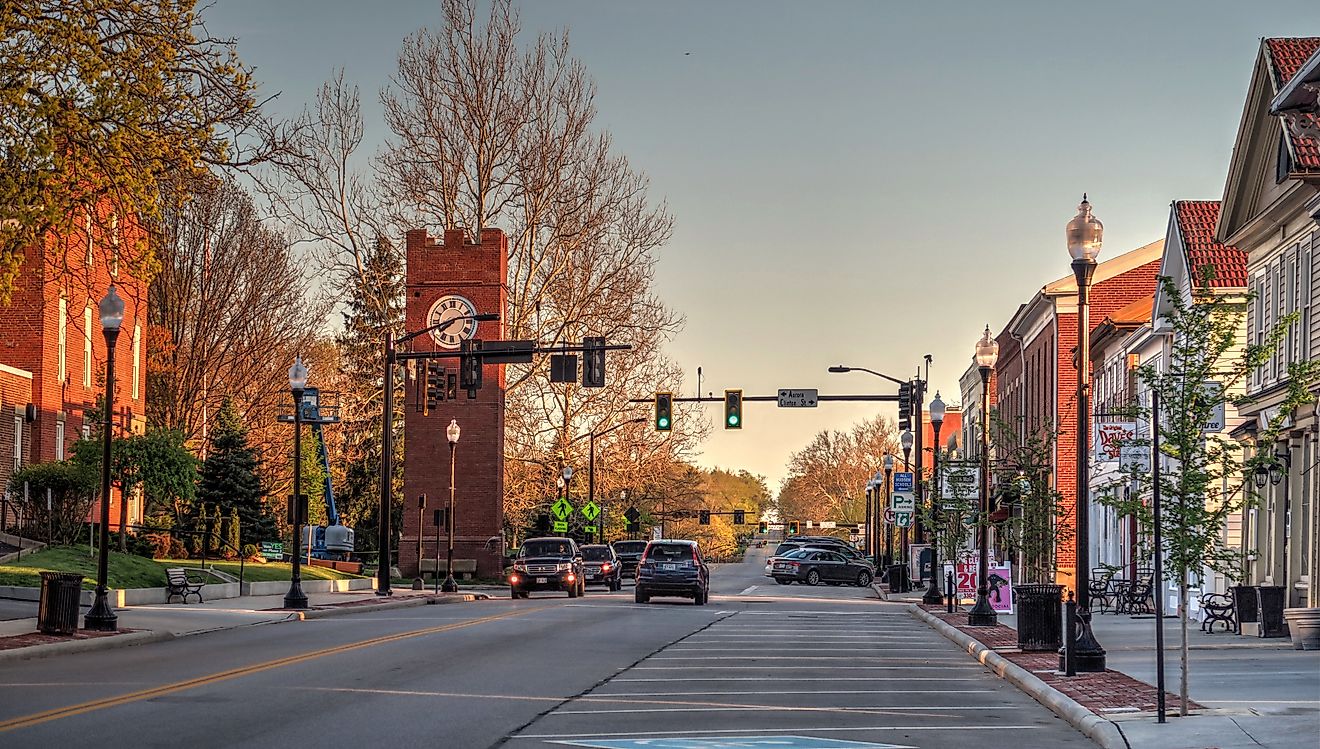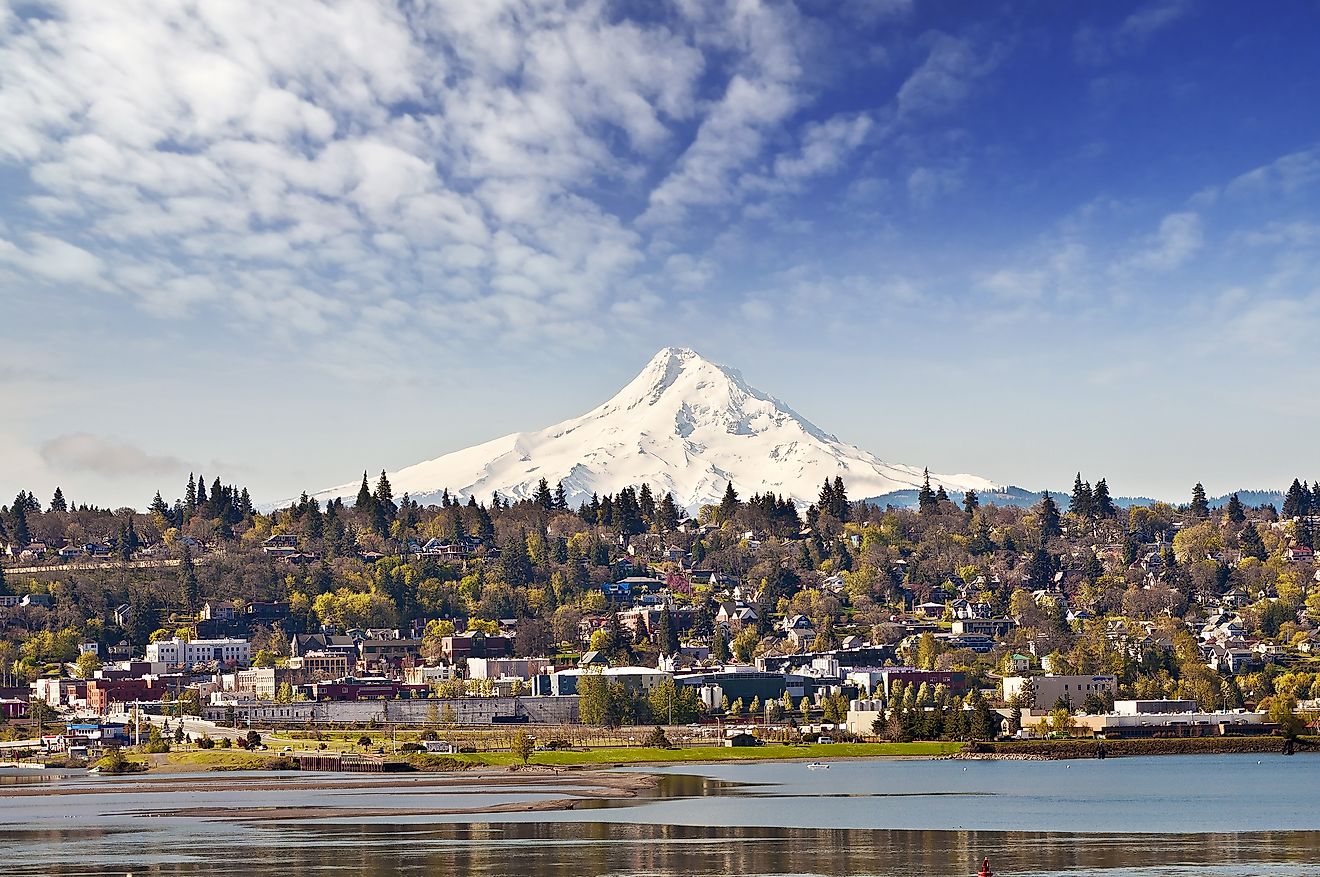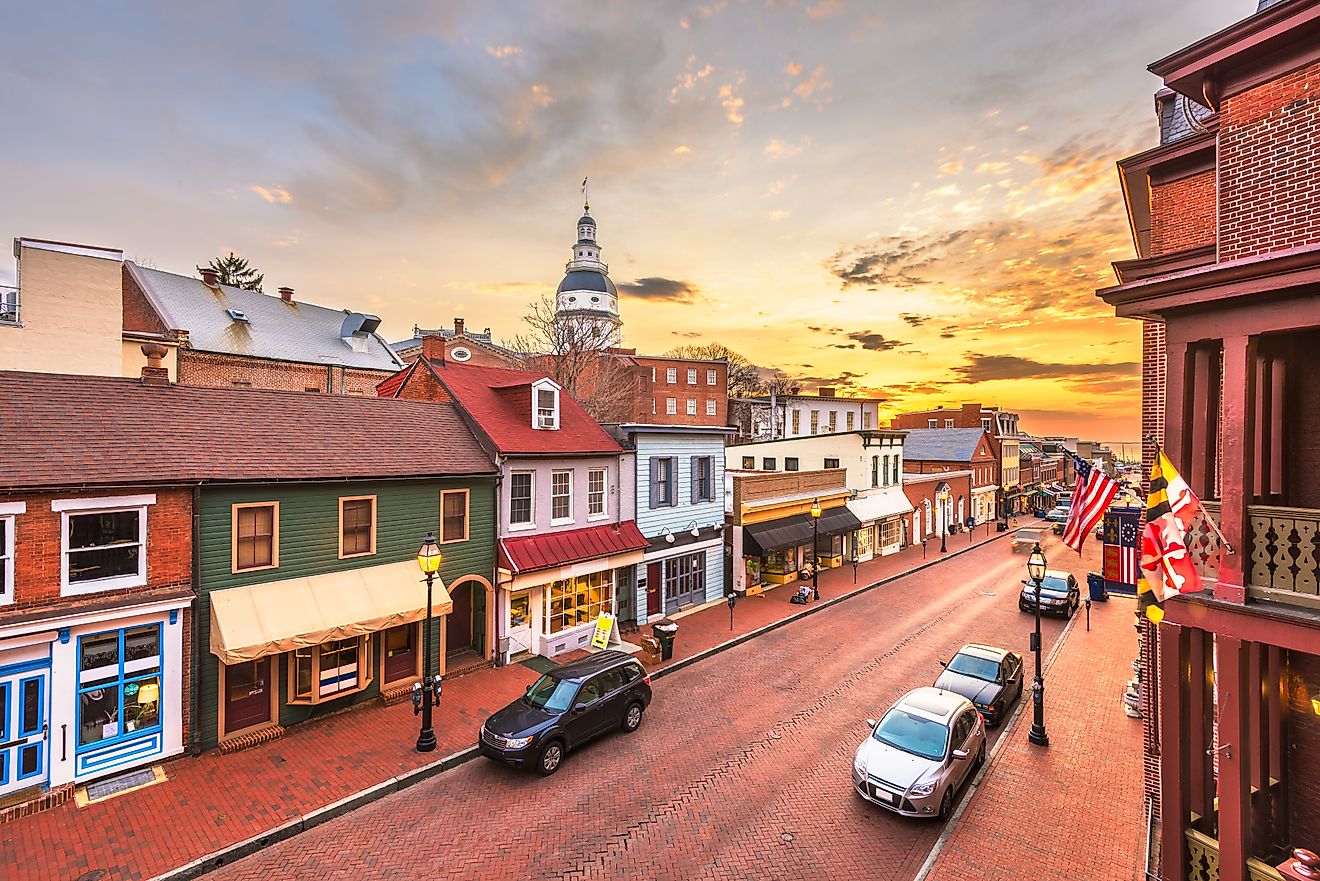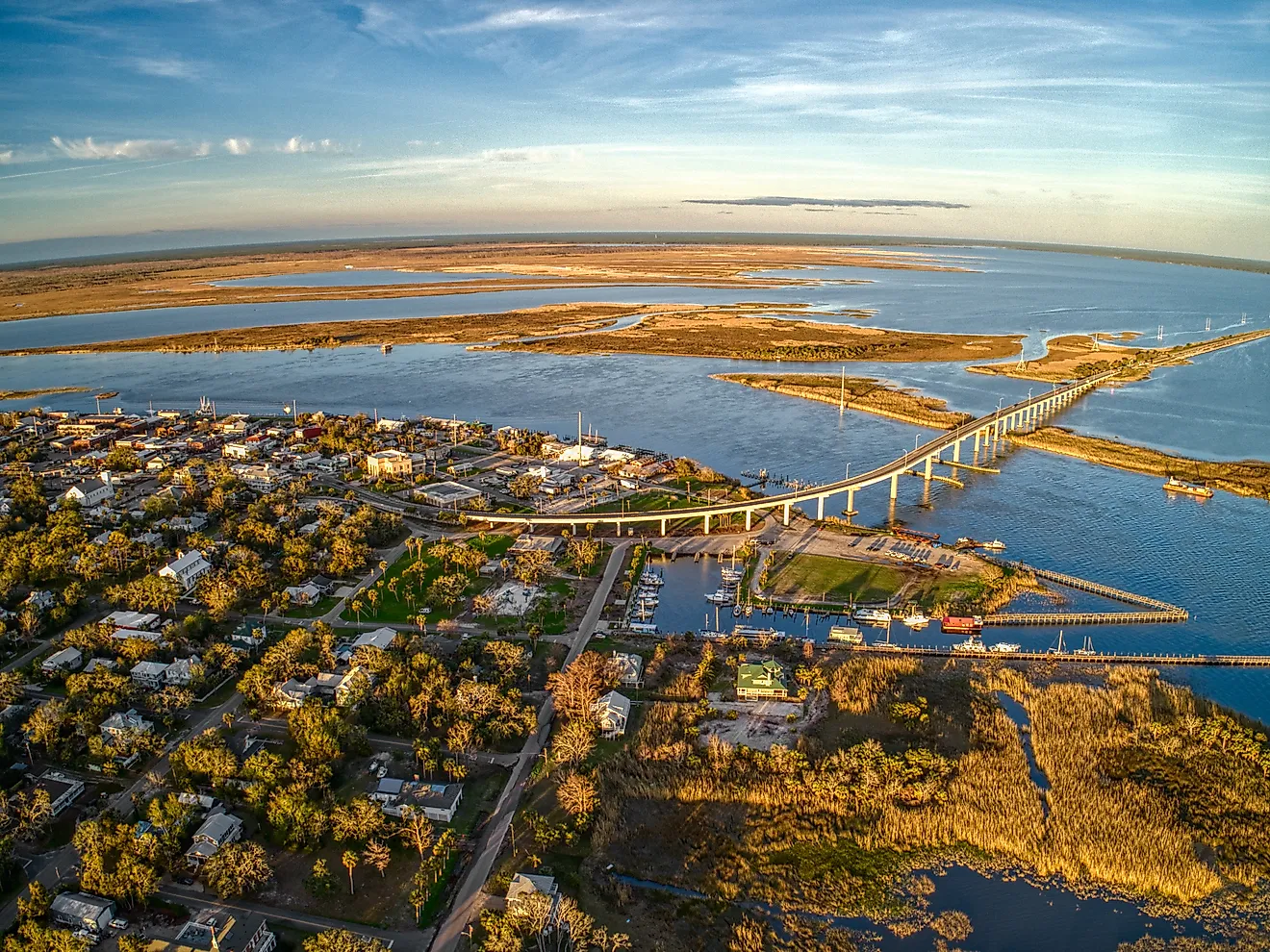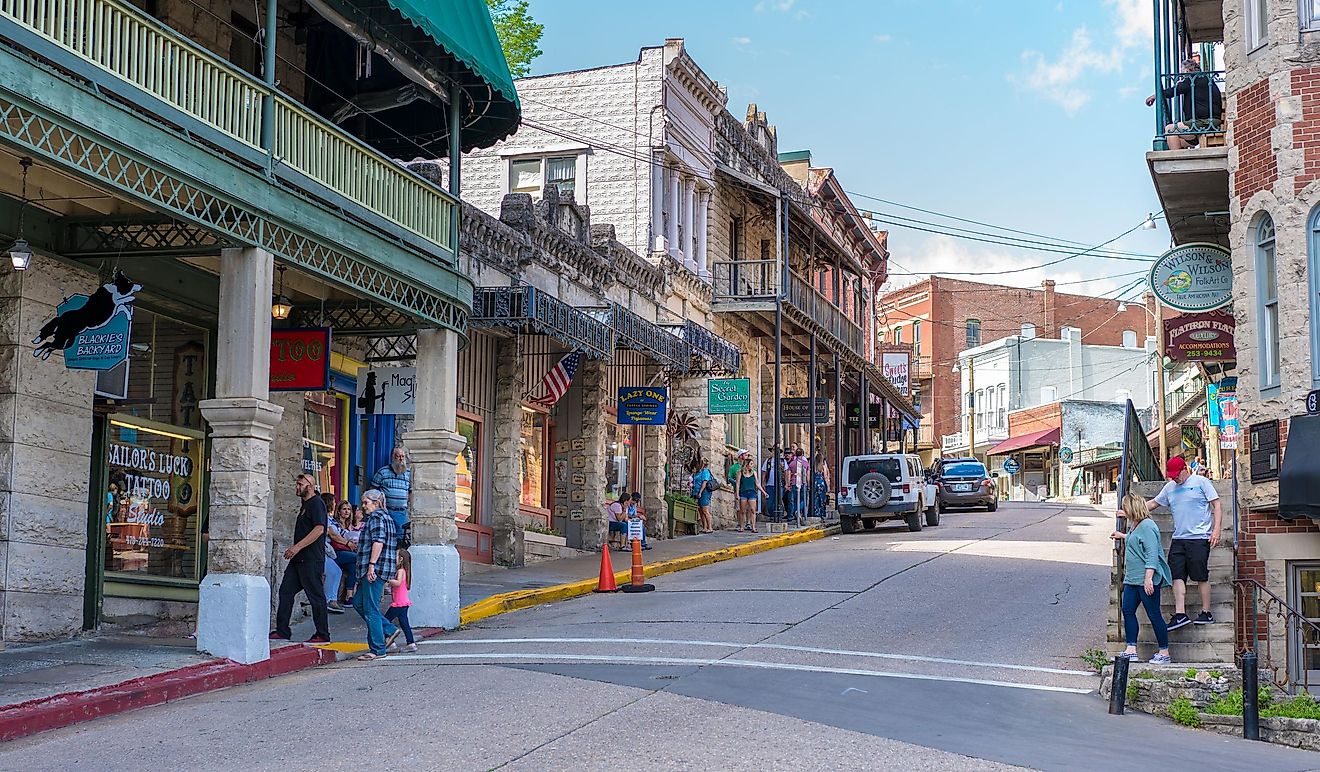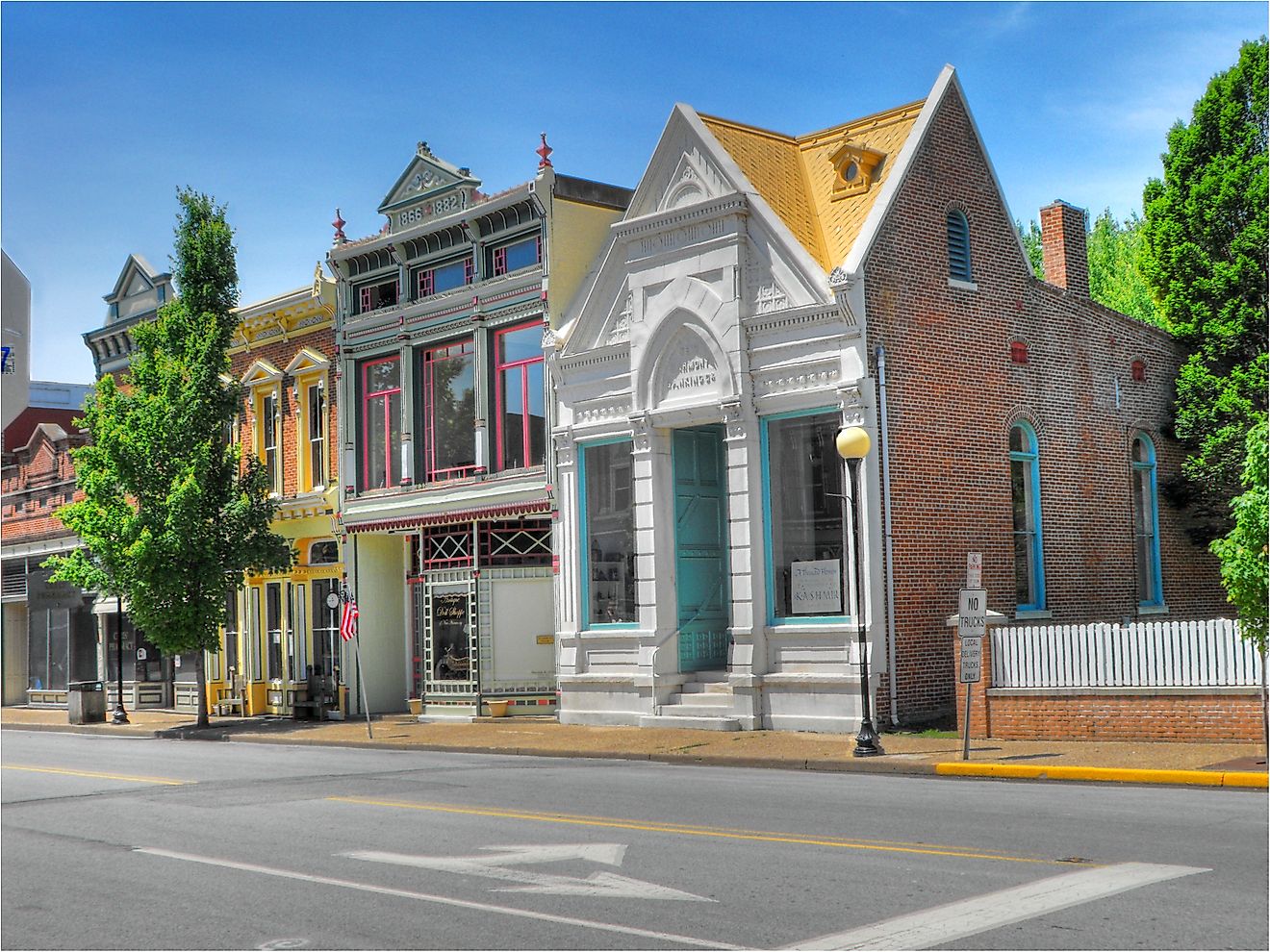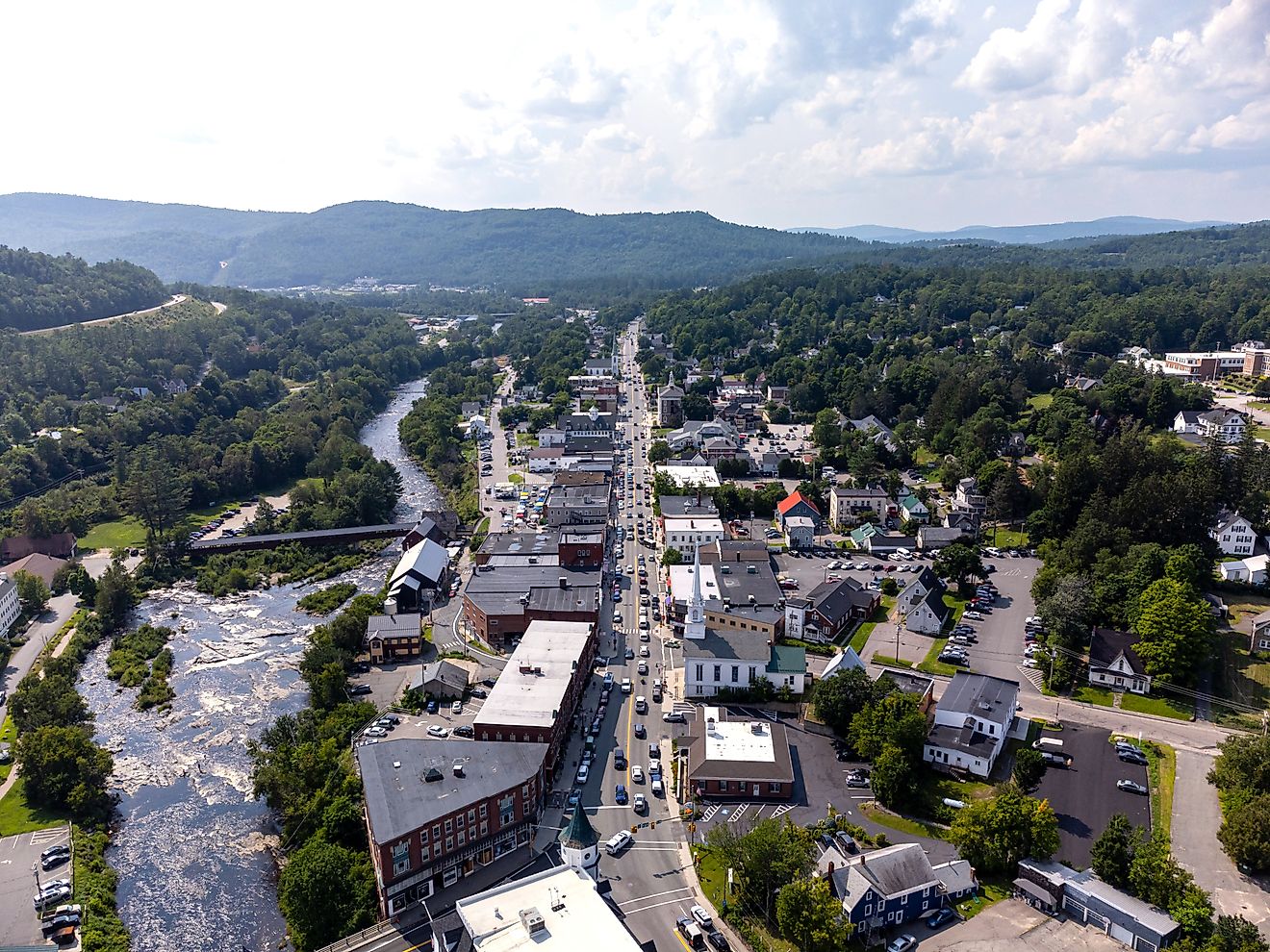Khao Yai National Park, Thailand
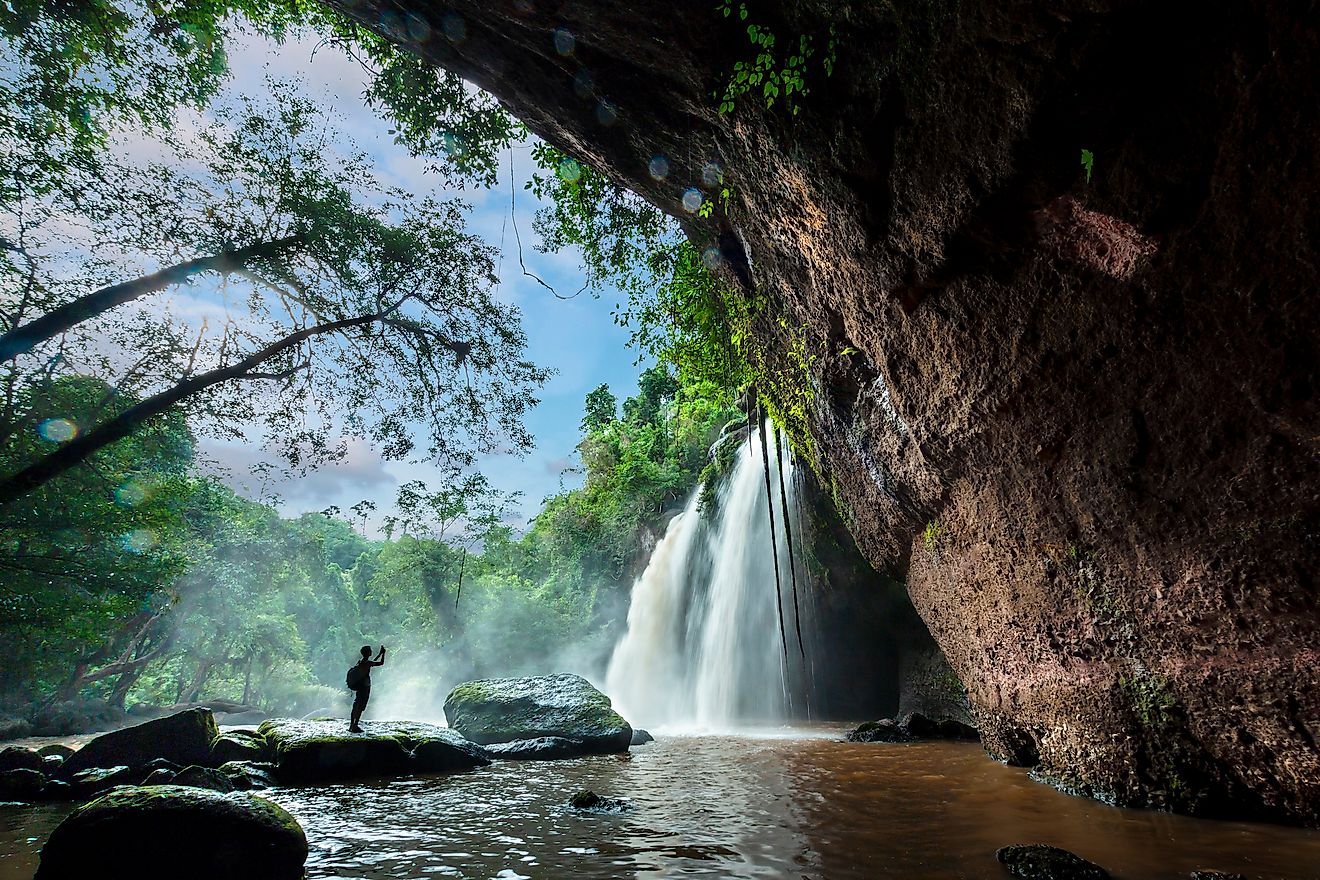
Khao Yai is Thailand’s oldest national park, and covers an area measuring 2168 square kilometers. It is located around 180 km from Bangkok in the Nakhon Ratchasima Province.
Contents:
History
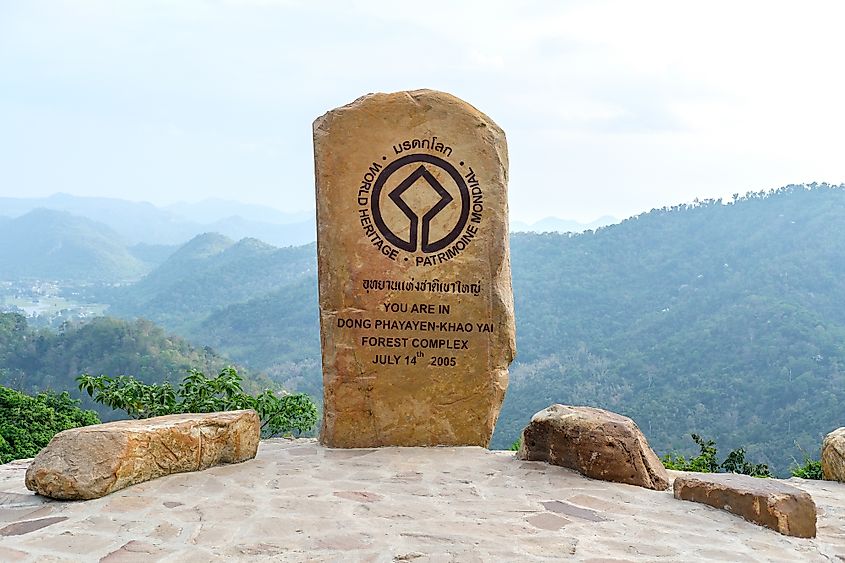
Khao Yai National Park is the very first national park which was established in Thailand, in 1962. Though the park was enacted with the help and governance of many, farmers conservationist Boonsong Lekakul played a major role in the establishment of a national park. Having previously founded the Association for the Conservation of Wildlife in 1952, and the Bangkok Bird Club (now known as the Conservation Society of Thailand) in 1962, he advocated for a governing body which would protect and conserve the region, and the wildlife which lived within it.
In 1984 the park gained ASEAN Heritage Park status, and in 2005, it (along with several parks in the same area) was granted UNESCO World Heritage Site status. This site is called the Dong Phayayen-Khao Yai Forest Complex and includes Pang Sida National Park, Thap Lan National Park, Ta Phraya National Park and Dong Yai Wildlife Sanctuary.
Landscape
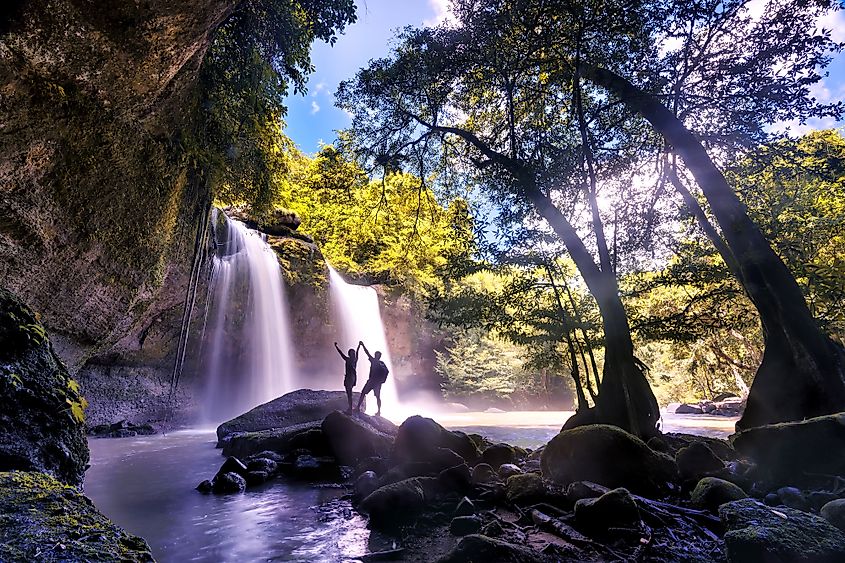
The park is located within the Nakhon Ratchasima Province and reaches into the provinces of Prachinburi, Saraburi and Nakhon Nayok. The region is predominantly forested, with large areas of rainforest and evergreen forests.
The climate, and therefore vegetation, varies drastically with the seasons. The park experiences a rainy season from May to October, during which time the region experiences high humidity and significantly increased rainfall. December through to April is very dry, with little rainfall. Winter falls between November and February, and this is when the park is the driest and coldest.
The park also has a range in elevation, from 400 meters to over 1,000 meters. This is due to the presence of mountain peaks, the most notable of which is the Khao Rom mountain, whose peak measures 1,350 meters above sea level. Khao Laem is the second major mountain, and reaches roughly 890 meters.
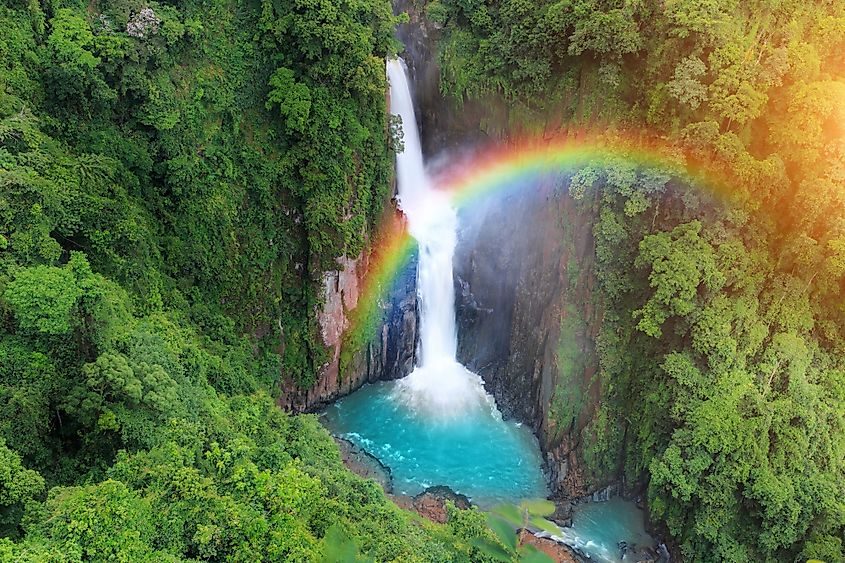
These changes in elevation have also created some stunning waterfalls within the park, as there is an abundance of rivers and waterways that snake their way across the park (especially in the rainy season). These waterfalls have become primary attractions for visitors and tourists. Three of the most popular include the Haew Narok, Pha Kluai Mai, and Haew Su Wat waterfalls.
Flora
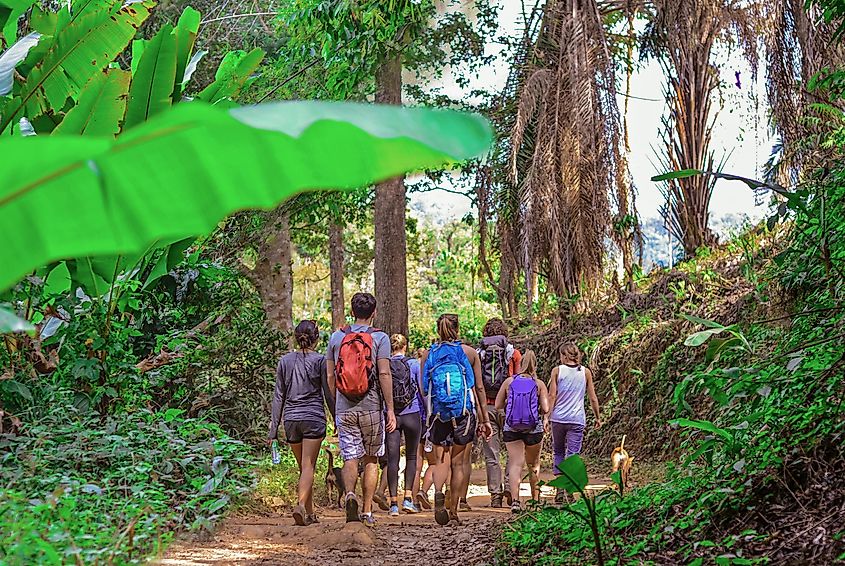
The dense rainforest and tropical evergreen forests offer a sheltered lush environment for many different types of plants to grow. This region is also an important habitat and sanctuary for a large number of native animals, including many which are considered vulnerable or endangered. The complex tropical forest ecosystems are home to a diverse range of life, from insects and orchids to elephants and evergreens. More than 80% of the park itself is evergreen or semi-evergreen forests, the majority of which are primary forests. These very old towering trees are part of both moist and dry forests, and form the basis for the complex ecosystems found here. It is an extremely diverse area in terms of vegetation and growth, as well as exhibits soil diversity and fertility.
Fauna
The Khao Yai national park is especially important as it is home to a large number of at risk animal species. More than 800 different animals live within the park, 112 of which are mammals, 392 are birds, and 200 are reptiles or amphibians.
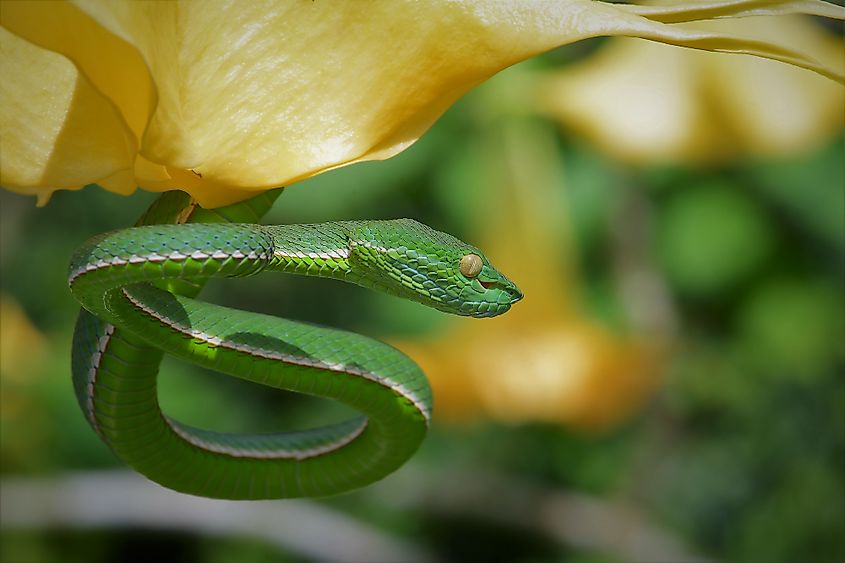
Many animals that naturally live in Thailand have become at risk or continued to be threatened due to habitat loss or human interference. In fact, the park is home to 19 different vulnerable species, four that are considered endangered as per the IUCN, and one species that is now considered critically endangered. Khao Yai is also very popular with visitors because it is fairly easy to access the park and view some of these remarkable animals.
Mammals
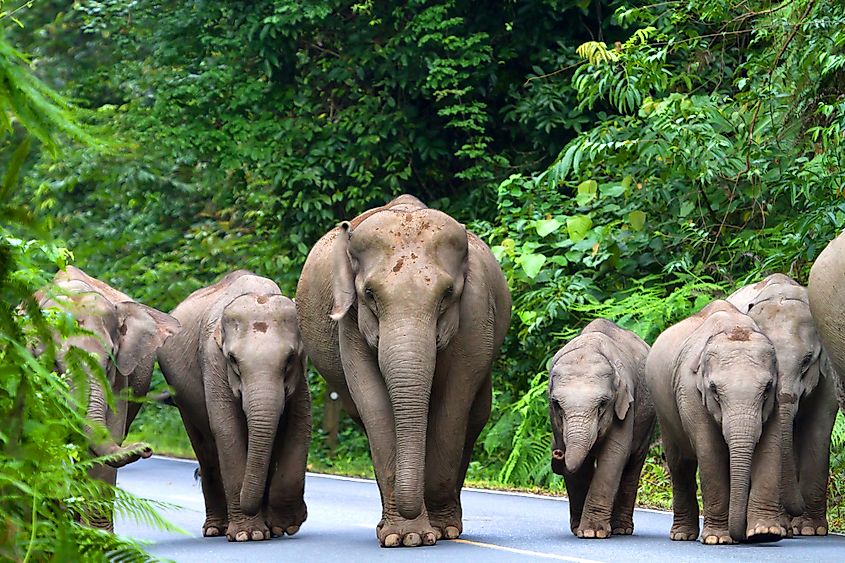
The region is a popular home for Asian elephants, who enjoy the protected habitat of forested or highly vegetated areas. It is fairly common for visitors to the park to spot these elephants, one of the main reasons it is so popular for tourists and hikers. Other large animals in the area include the Sun bear, one of the vulnerable species in the area. The Sun bear is one of the smallest bear species, and measures roughly five feet. They thrive in tropical evergreen rain forests and montane forests like those found in Khao Yai and eat mainly sweet fruits and insects such as termites. The cousin to the sun bear, the Asiatic black bear, can also be found in the area, and is considered vulnerable.
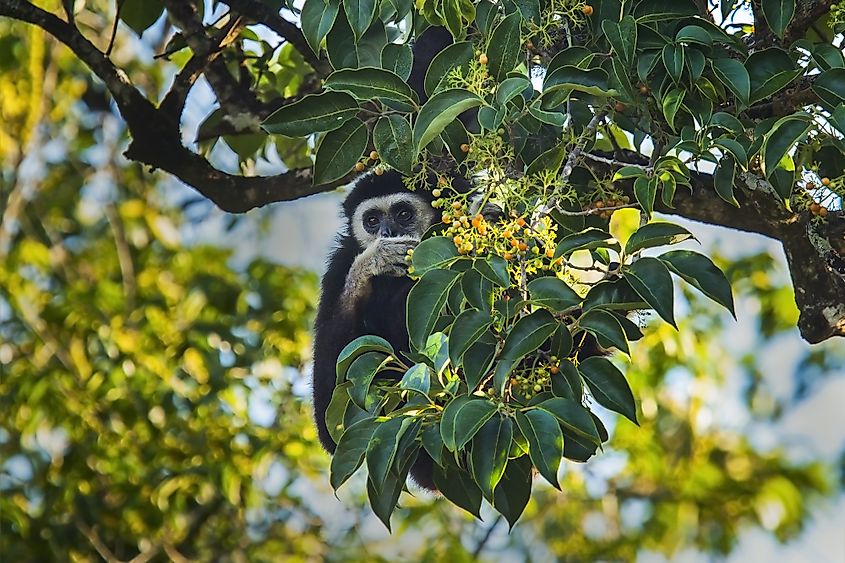
Grazing animals are also found here, including the barking deer and sambar deer, muntjacs and gaur. Smaller carnivores and tree dwelling mammals are also very common in Khao Yai. The thick forests provide excellent habitats for the vulnerable species northern pig-tailed macaque, as well as the Lar (or white-handed) gibbon which is an endangered species of primate. Smaller mammals such as the porcupine and civet find refuge in the thick foliage and undergrowth, hiding from stalking prey such as golden jackals and dhole. Dhole, also known as Asiatic wild dogs, are an endangered species that run in packs throughout the park, feasting on small prey.
Birds
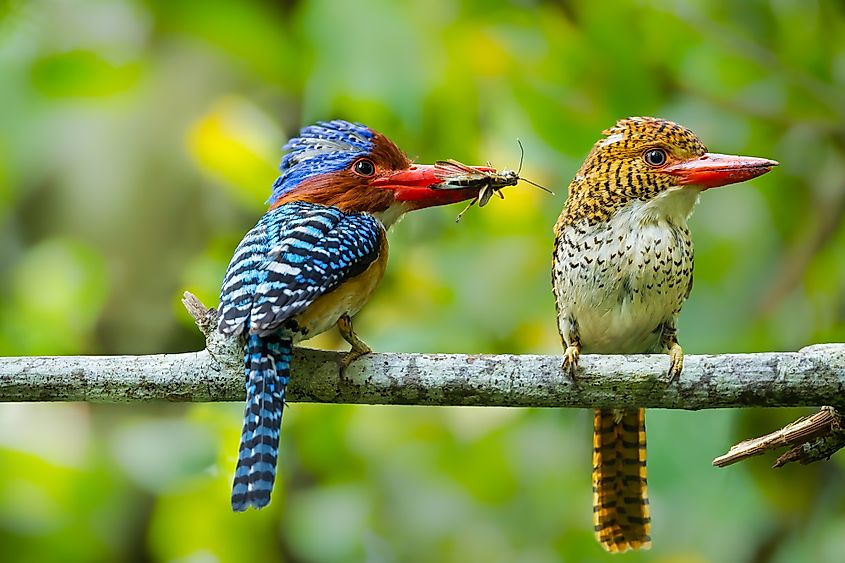
There are a lot of birds which both reside in the Khao Yai park and migrate through the area. Roughly 445 different species of birds have been recorded in this region. Bird watching is best during the drier months of March and April, which coincides with a large bird migration across Thailand. Like many areas in Thailand, the Khao Yai is particularly popular for hornbills, including the rare (near threatened) Austen's brown hornbill, as well as the great hornbill, and the oriental-pied hornbills.
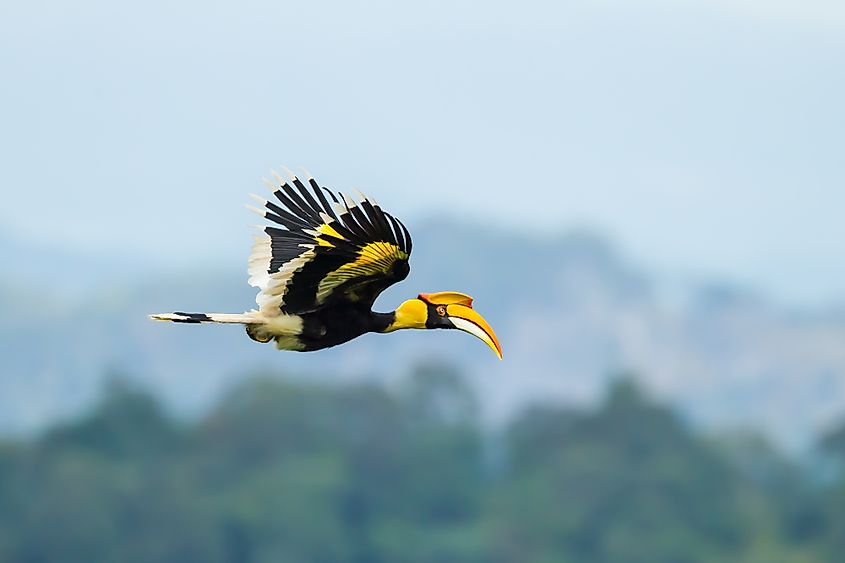
Other rarer bird species spotted in the park include the white-browed fantail, lemon-rumped warbler, Blyth’s pipit, the straw-headed bulbul, Coral-billed ground cuckoo, the Northern goshawk, and the trilling shrike-babbler. Alternatively, chickens, fowl, partridges, and pheasants are common among the park, and can often be seen hanging around the populated areas. These species include the silver pheasant, green-legged partridge and Siamese fireback.
Importance Of The National Park
Due to the abundance of wildlife that reside in the park, as well as the diversity within the flora and vegetation itself, it is essential that areas such as the Khao Yai remain protected. Primary forests are becoming increasingly rare due to human developments, land cultivation, and industrialisation. By working to conserve these regions in the forms of National Parks, habitats and wildlife remain protected and present for many years to come.
